Alan Titchmarsh: My garden is as pretty as I've ever known it, thanks to an idea I've rediscovered after 50 years
Thinking about an article he wrote almost half a century ago prompted Alan Titchmarsh to get sowing — and he's now reaping summer loveliness.
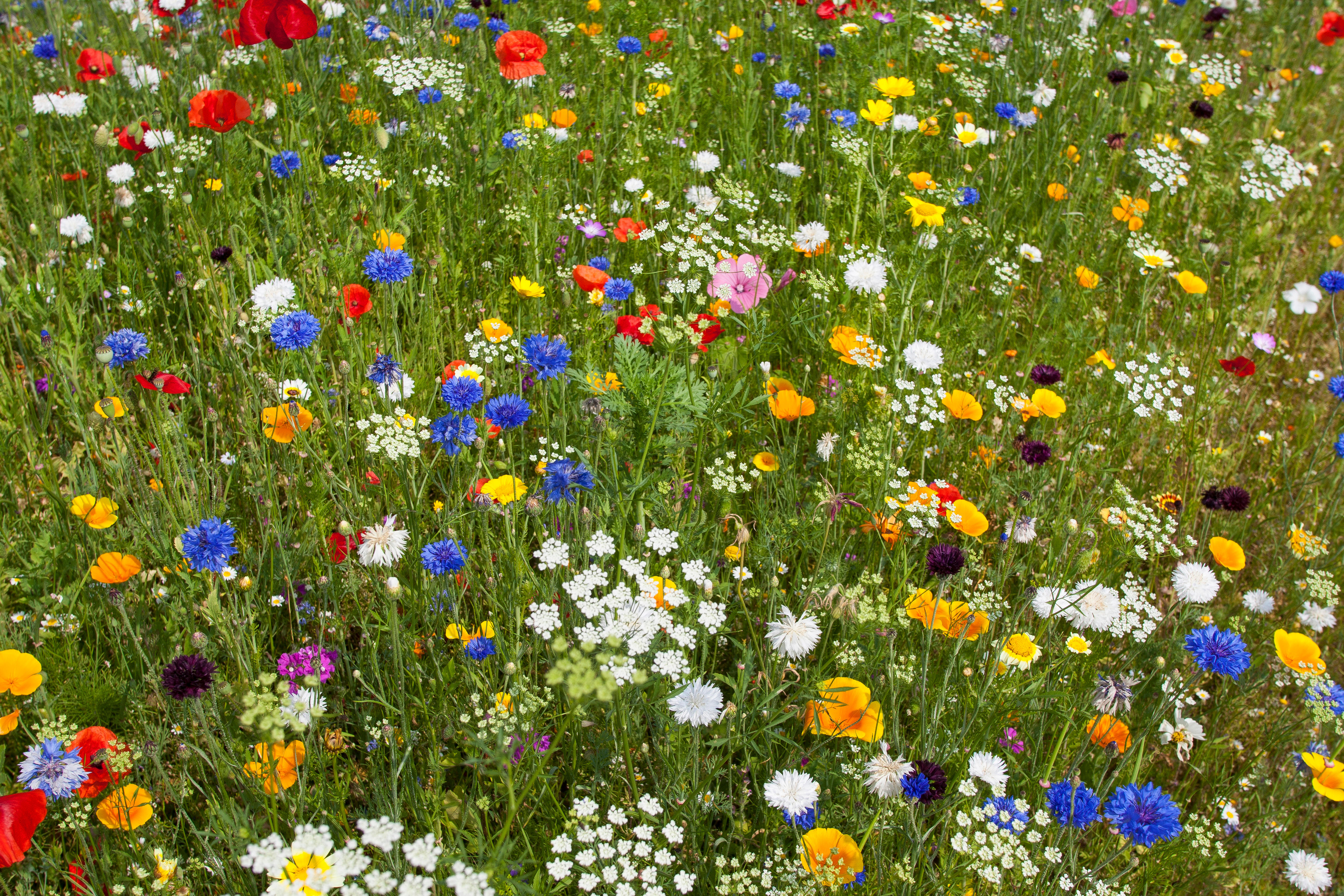

It seems to me that most keen plantsmen and women don’t have much truck with annual flowers. They are something to inspire us as children — the packet of seeds from Woolworths, scattered in a sunny spot, watered and waited for. When we grew up, we planted perennials, shrubs and trees, with perhaps the odd potful of bright pelargoniums to add a splash of colour that says ‘it’s summer’.
Hardy annuals — the seeds that can be sown outdoors where they are to grow, rather than raised in seed trays and pots under glass — rarely feature in gardens nowadays. That’s a shame and a missed opportunity. Mind you, it’s easy to see why they are neglected if you chanced to sow some too early one spring, or later and then forgot to water them, for they will wither and fade for want of care in those early stages. Give them a good start in life, however, and they will seldom disappoint.
Back in the early 1970s, when I was finding my feet as a gardening writer, the first column I wrote for Amateur Gardening magazine (sharing a tower block in London with Country Life back then) was a piece titled ‘Sow these for summer loveliness’. It was a column devoted to the hardy annuals that, at the time, I was enjoying sowing in my well-drained Surrey soil, where they germinated freely and (with adequate ministrations courtesy of the watering can) provided superb floral value for money. To a newly married couple, they represented a vital saving in household expenditure. For the price of one hardy perennial, I could have half a dozen packets of seeds and quite literally hundreds of plants.
Fast forward 50 years (almost to the day) and I have rediscovered the delight of these obliging annuals, having sown them, not broadcast in a spare patch of the flower border, but in rows on the veg patch. Here, they can be cut for the house with impunity or left to bloom and attract useful kitchen-garden pollinators for peas, beans and the like. Added to which, my kitchen garden is as pretty as I have ever known it.
The soil is good — well laced with garden compost or bagged soil improver — and I sowed my seeds during a mild spell in early April. There is no point in committing them to an early burial in cold, wet earth. They will germinate and grow far more rapidly if you wait for the ground — and the air — to warm up, but they will also stand lowish temperatures once they have started to grow. In this they differ from the half-hardy and tender annuals that will be seen off by a degree or two of frost. Sun is what they enjoy — avoid dense, shady spots.
"Perhaps your grandad did not have an allotment. Or one by the river. Mine did and these hardy annuals offer nostalgia, as well as 21st-century pleasure."
What have I sown? About a dozen different kinds, including my all-time favourite corncockle — once a frequent habitue of cornfields until improved methods of grain cleaning saw it off. Agrostemma githago in its variety ‘Milas’ was one of the plants I waxed lyrical about back in the 1970s and I have never tired of admiring its rich-pink flowers, pencilled with grey markings, that open from a calyx that reminds me of those twisted salt packets that came with a packet of crisps back in the 1950s.
The annual cornflowers ‘Blue Diadem’ and ‘Black Ball’ (really a deep shade of crimson) and good old pot marigolds — Calendula officinalis — in several of its orange-mixed varieties are especially easy.
Exquisite houses, the beauty of Nature, and how to get the most from your life, straight to your inbox.
There are rows of ferny-leaved eschscholzia, the Californian poppy, also orange or, in some cases — such as ‘Rose Chiffon’ (Thai Silk Series) — refreshing pink. No mimsy lobelia and alyssum edging for me; rather, a row of ankle-high Phacelia campanularia with mauve-tinged foliage and bell flowers of royal blue — a shade matched only by the coveted mountain gentian.
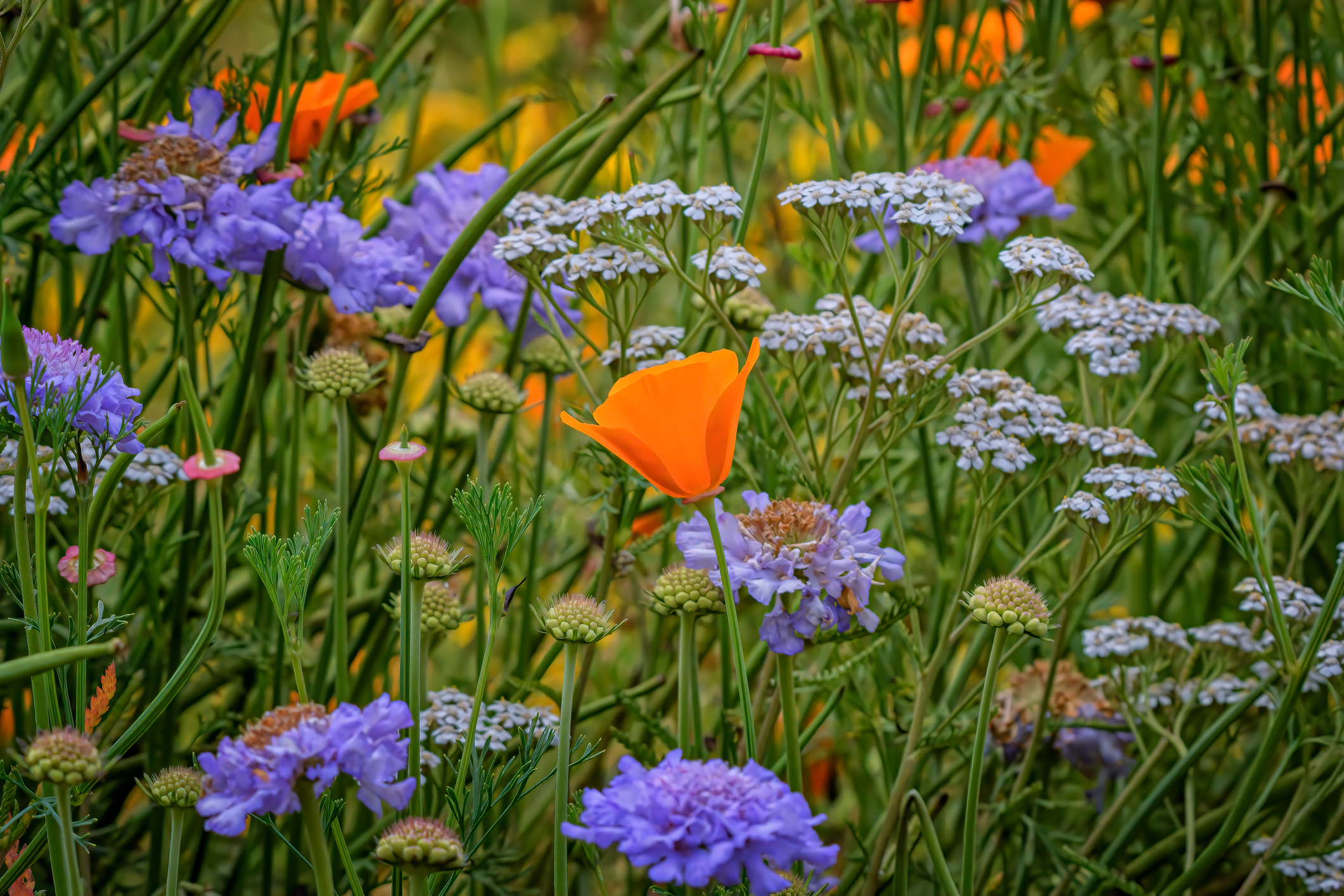
The bright orange California poppy stands out amid any other flowers.
Contrast these with the white, posh cow-parsley umbels of Ammi majus and the fluffy pale-blue flower clusters of ferny-leafed and you can put together a summer bunch devoid of all stridency that will remind anyone who has gardened since they were in single figures of those long summer days spent on grandad’s allotment in shorts and sandals, followed by a spot of fishing for minnows in the river. Sorry. Perhaps your grandad did not have an allotment. Or one by the river. Mine did and these hardy annuals offer nostalgia, as well as 21st-century pleasure.
My suggestion to you for next spring remains the same as it was exactly 50 years ago: Sow these for summer loveliness. You won’t be sorry.
Chatsworth: The gardens and the people who made them (Ebury, £35) by Alan Titchmarsh is out now
This feature originally appeared in the print edition — here's how you can subscribe to Country Life magazine.
Alan Titchmarsh is a gardener, writer, novelist and broadcaster.
-
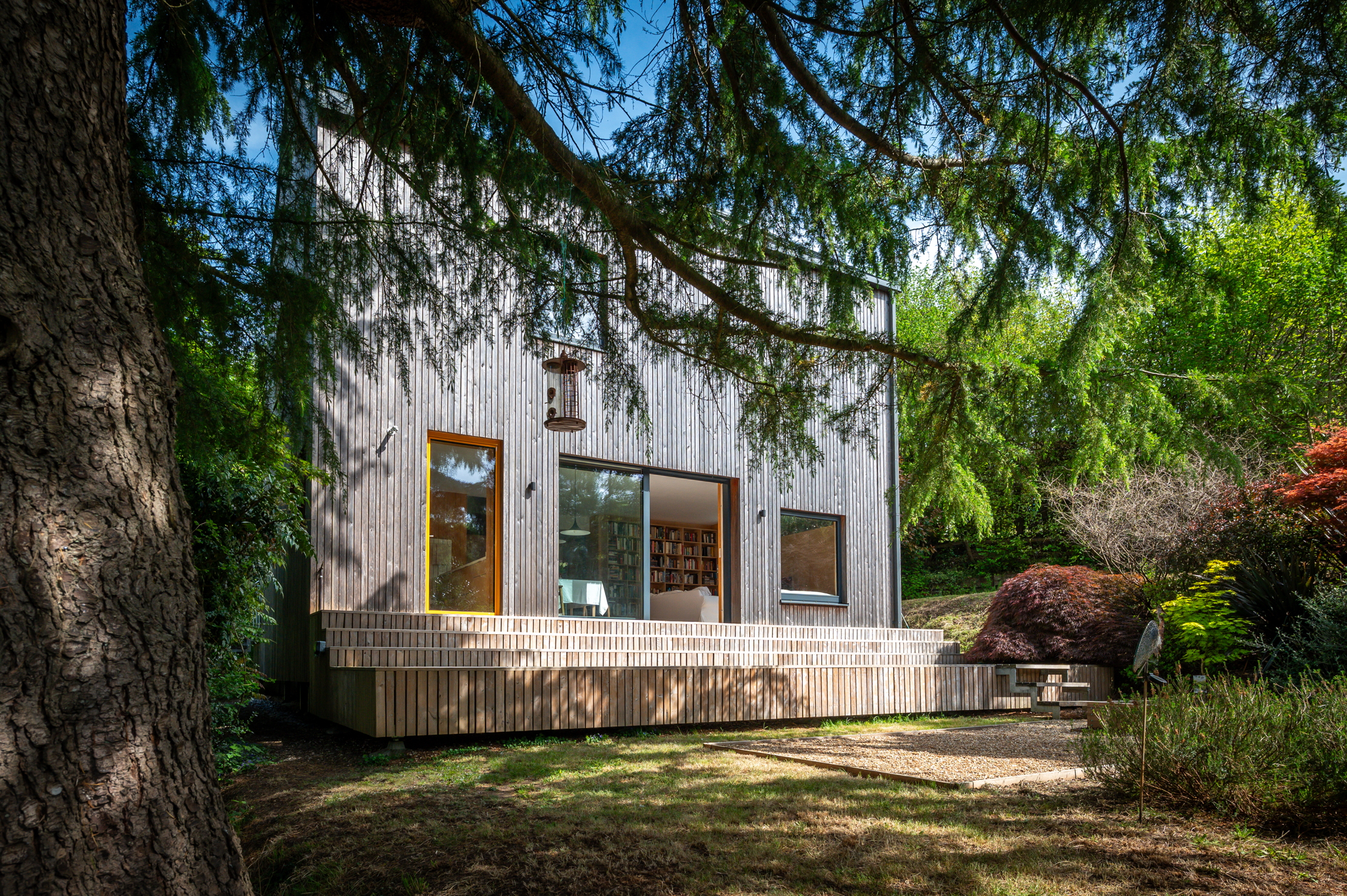 Hide from your hay fever in a larch-clad Passive House in Surrey designed by an award-winning architect
Hide from your hay fever in a larch-clad Passive House in Surrey designed by an award-winning architectHeron House might cost more than a pack of Piriteze, but it does come with three bedrooms and you'll save a fortune on bills.
-
 Pamela Anderson, jellyfish and Mary Poppins feature in Country Life's Quiz of the Day, August 5, 2025
Pamela Anderson, jellyfish and Mary Poppins feature in Country Life's Quiz of the Day, August 5, 2025Tuesday's quiz asks how well you remember some very famous song lyrics and plumbs your knowledge of the actress.
-
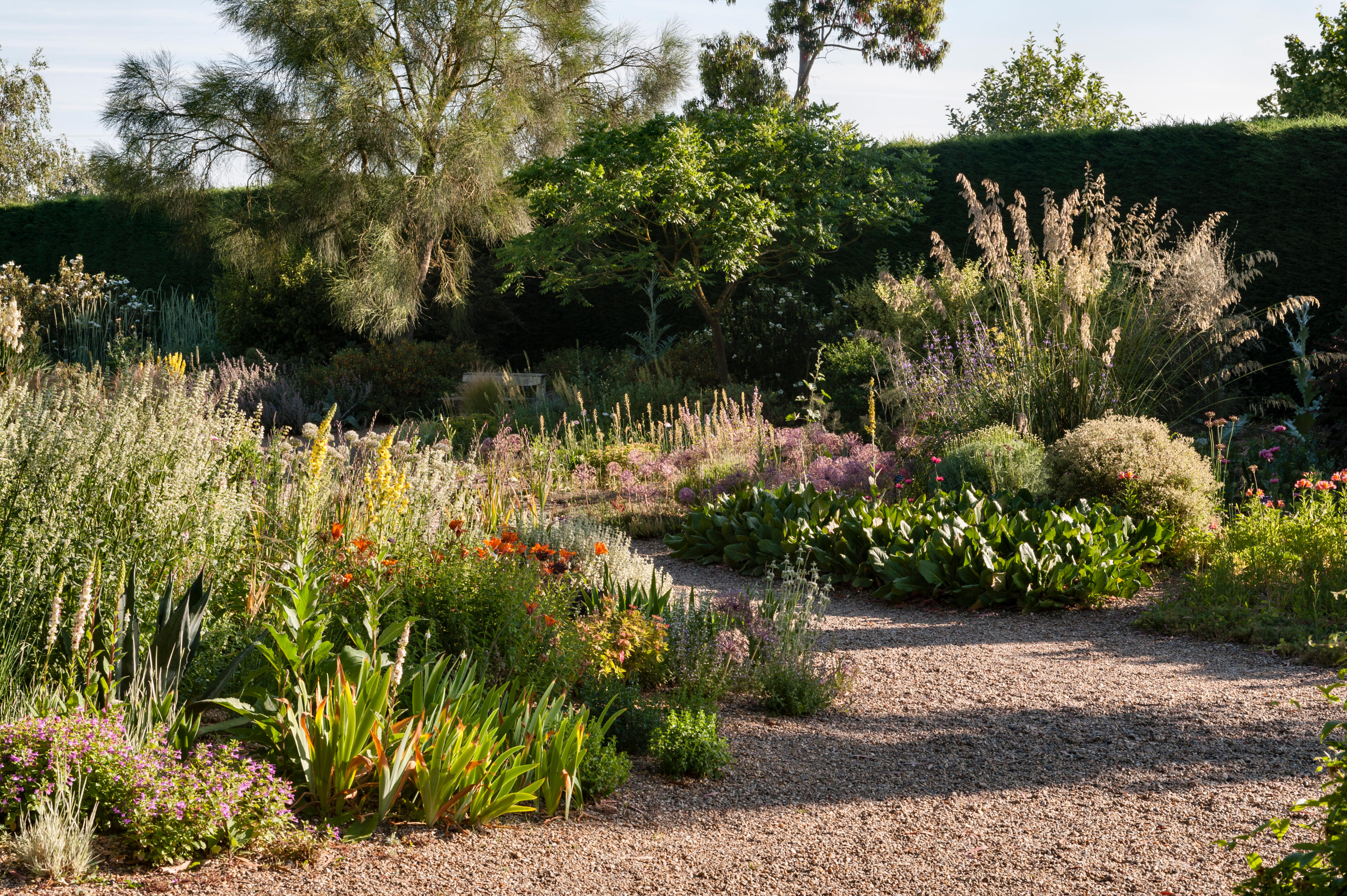 The grass isn’t always greener on the other side: Five alternatives to lawn, from fleshy sedums to aromatic thyme
The grass isn’t always greener on the other side: Five alternatives to lawn, from fleshy sedums to aromatic thymeNo Mow May and similar initiatives want to inspire gardeners to replace their lawns with pollinator-friendly alternatives — but knowing where to start and what to do is an off-putting minefield.
-
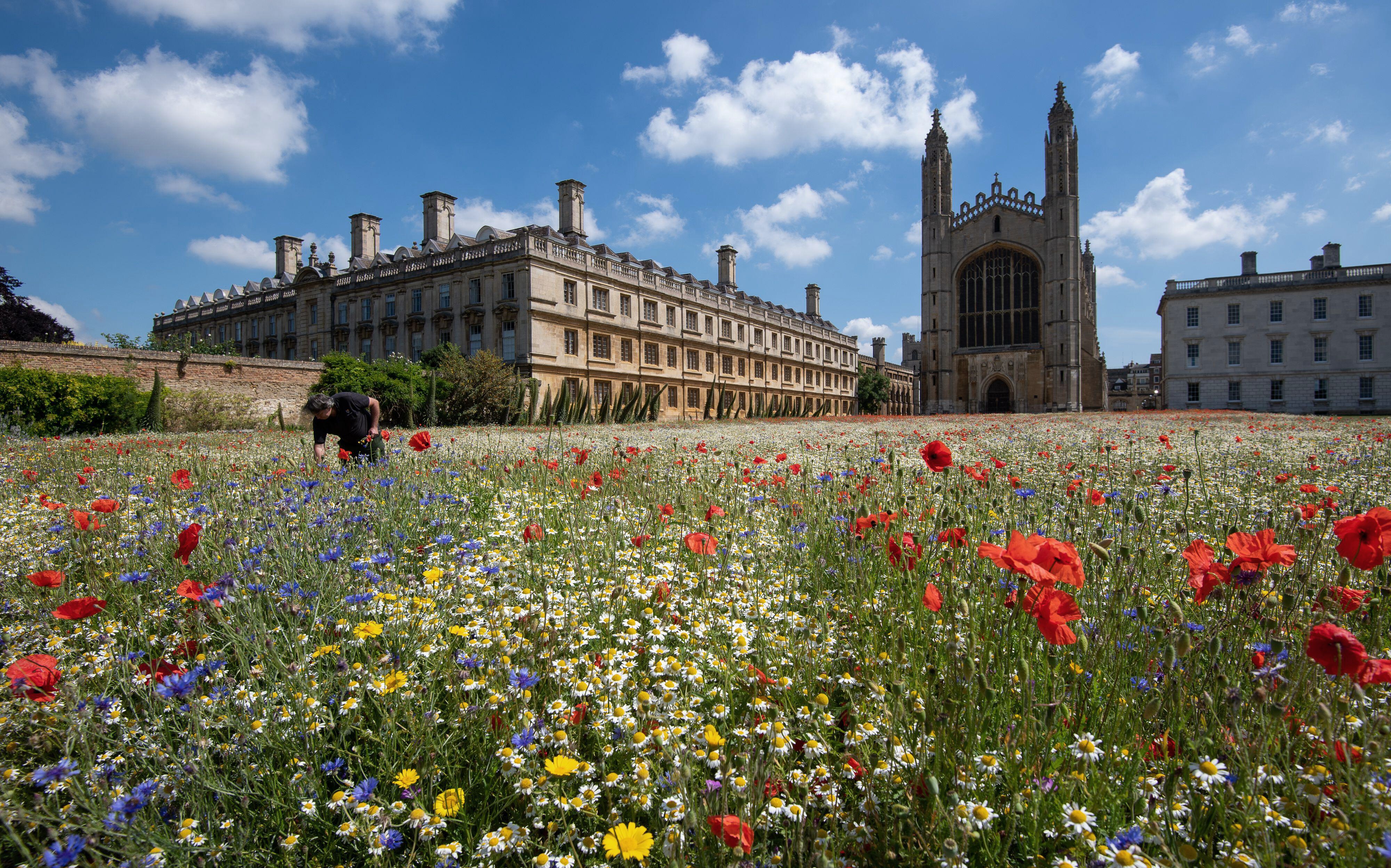 What everyone's talking about this week: It's time to follow in the footsteps of King’s College, Cambridge, and kiss the lawnmower goodbye
What everyone's talking about this week: It's time to follow in the footsteps of King’s College, Cambridge, and kiss the lawnmower goodbyeWeek in, week out, Will Hosie rounds up the hottest topics on everyone's lips, in London and beyond.
-
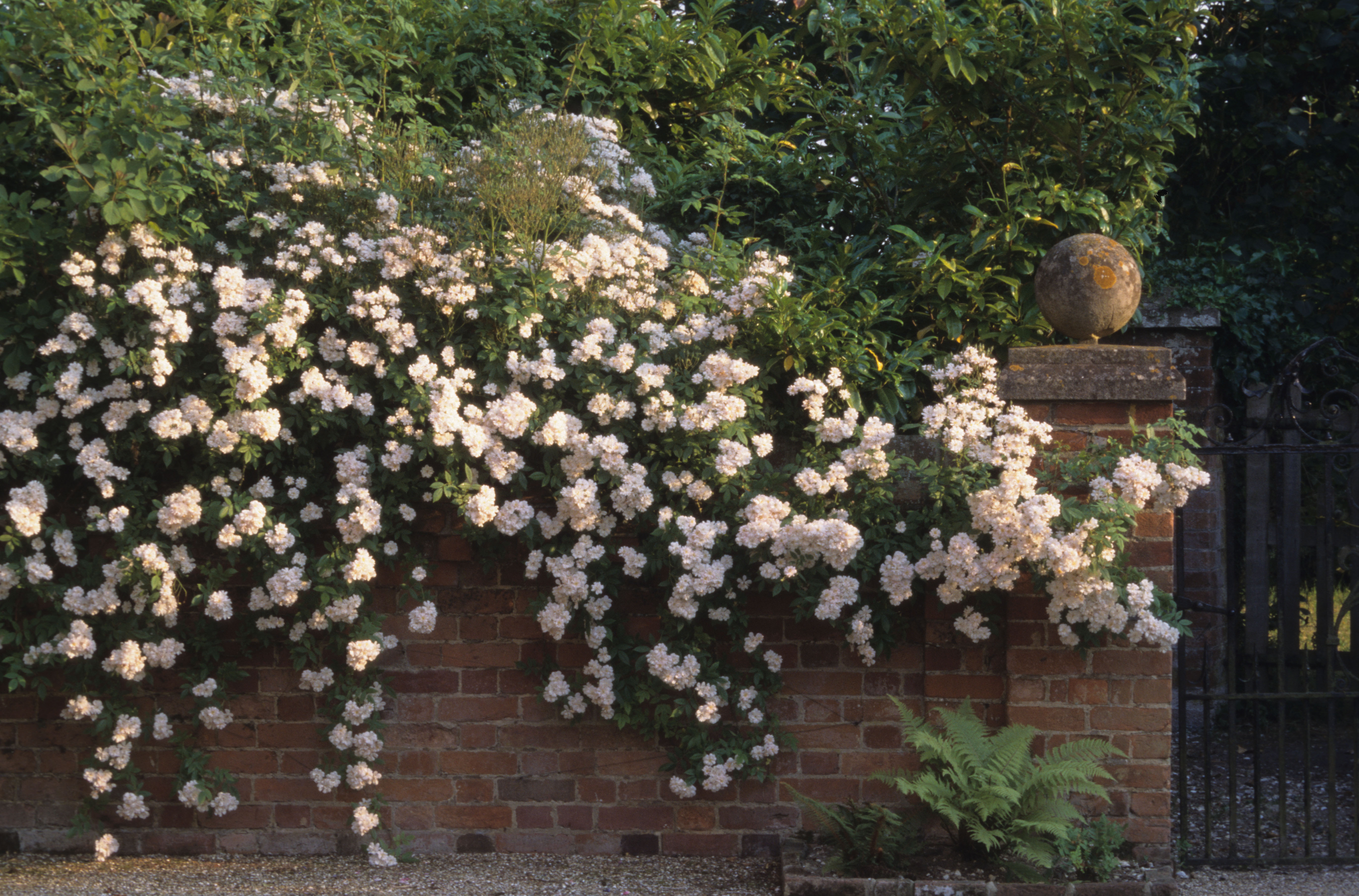 The rose that flowers 'from October to summer', and the man who used it to light up a beautiful corner of London
The rose that flowers 'from October to summer', and the man who used it to light up a beautiful corner of LondonGeorge Plumptre pays tribute to the late Roger Phillips, whose seminal book on trees has been updated almost 50 years after its initial publication.
-
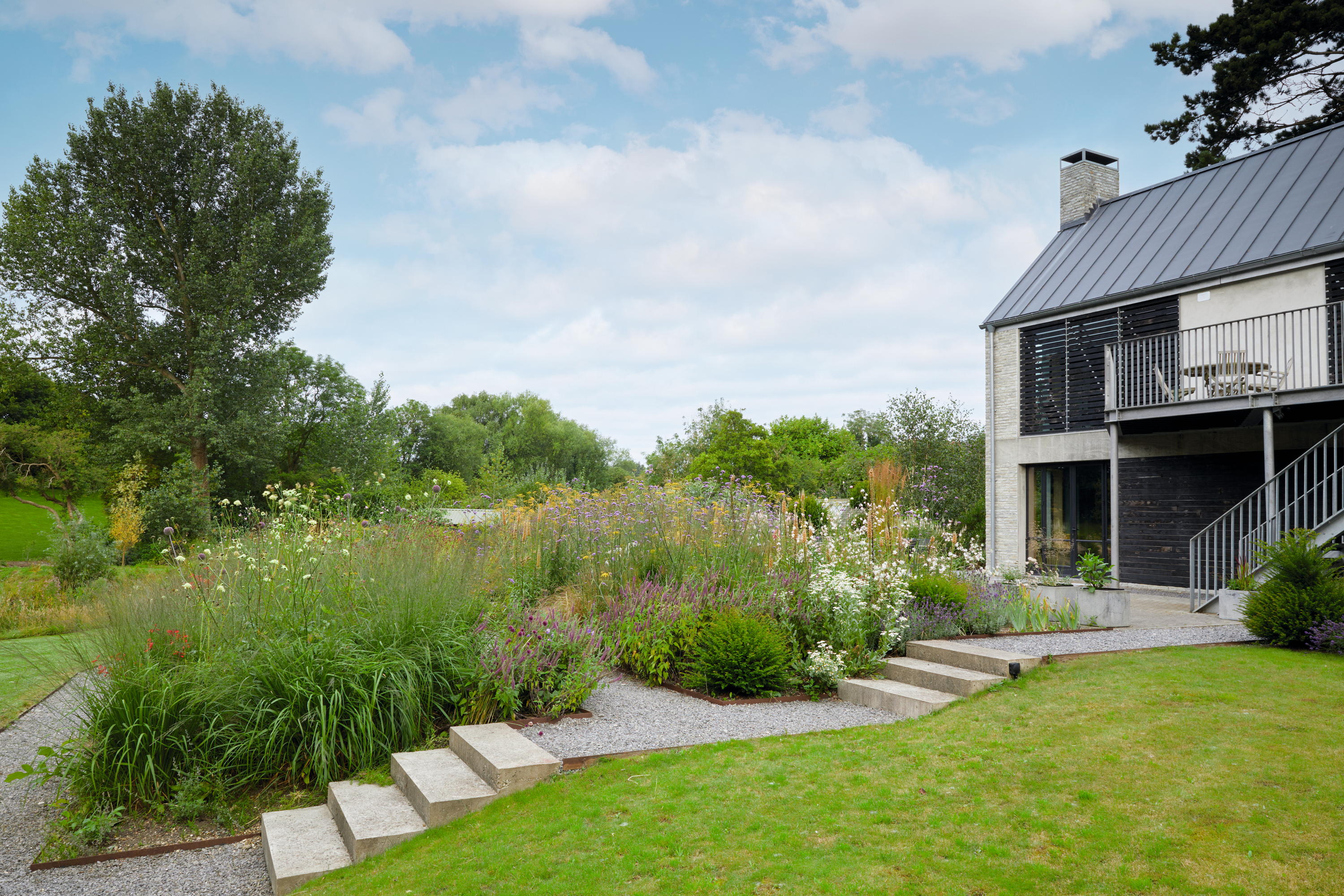 'Other people would have given up and turfed half of it over': The couple who turned 'the ugliest house with the nicest view' into a Somerset treasure
'Other people would have given up and turfed half of it over': The couple who turned 'the ugliest house with the nicest view' into a Somerset treasureWith many viewpoints and changes of level, Grove Ley in Somerton, Somerset — home of Dr and Mrs Michael Horder — was not an easy site on which to make a garden. But key to its success, writes Caroline Donald, has been enlarging the pond and creating long beds full of robust perennials and grasses. Photographs by Britt Willoughby Dyer.
-
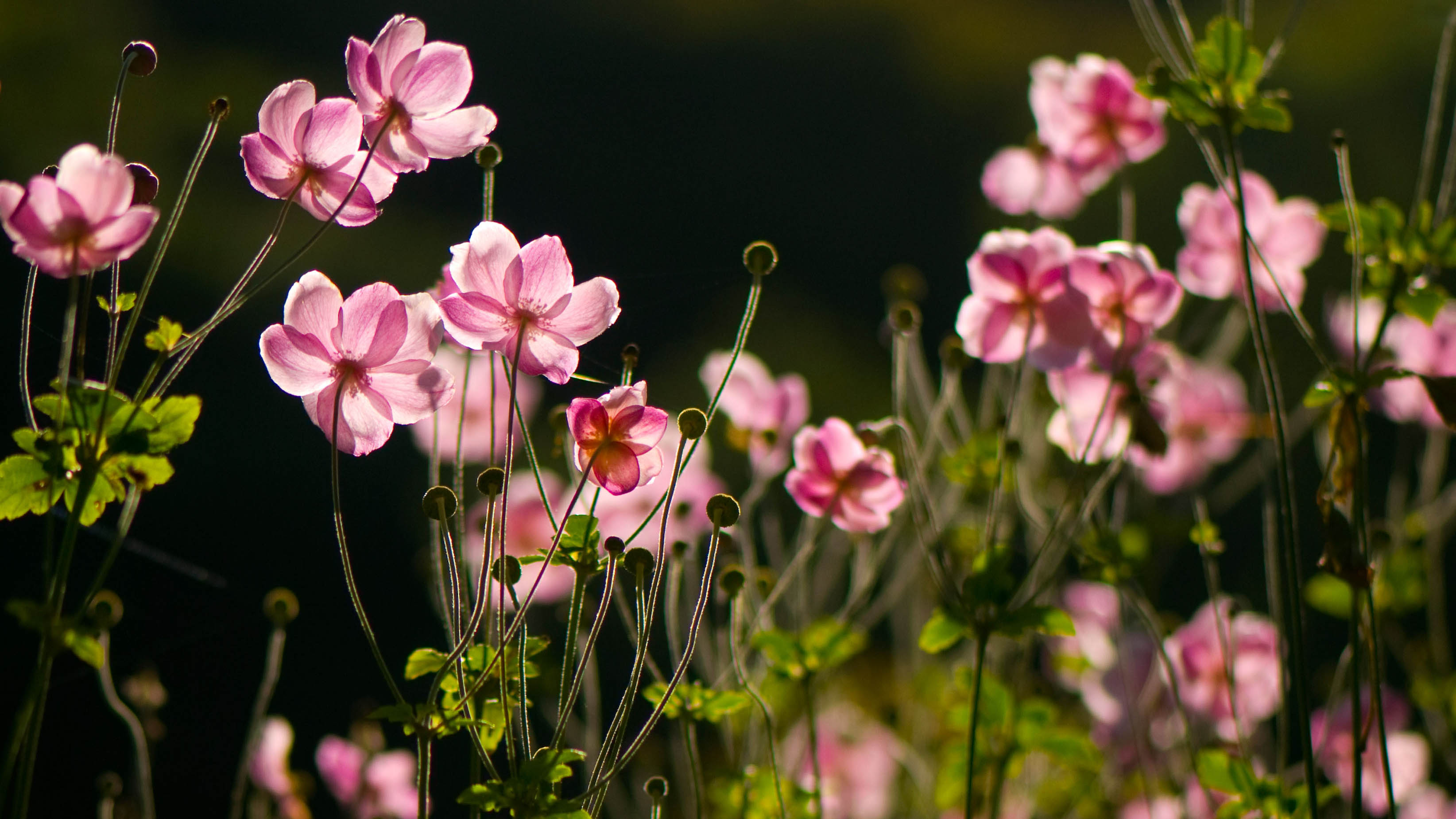 Isabel Bannerman: Gardens fade in the heat of high-summer, but it's still possible to plant pockets of joy in shaded spaces
Isabel Bannerman: Gardens fade in the heat of high-summer, but it's still possible to plant pockets of joy in shaded spacesThis is traditionally the time of powdery daisies caked in sun, but our writer craves a 'spritz' more likely found among shade-loving plants in damp-holding places.
-
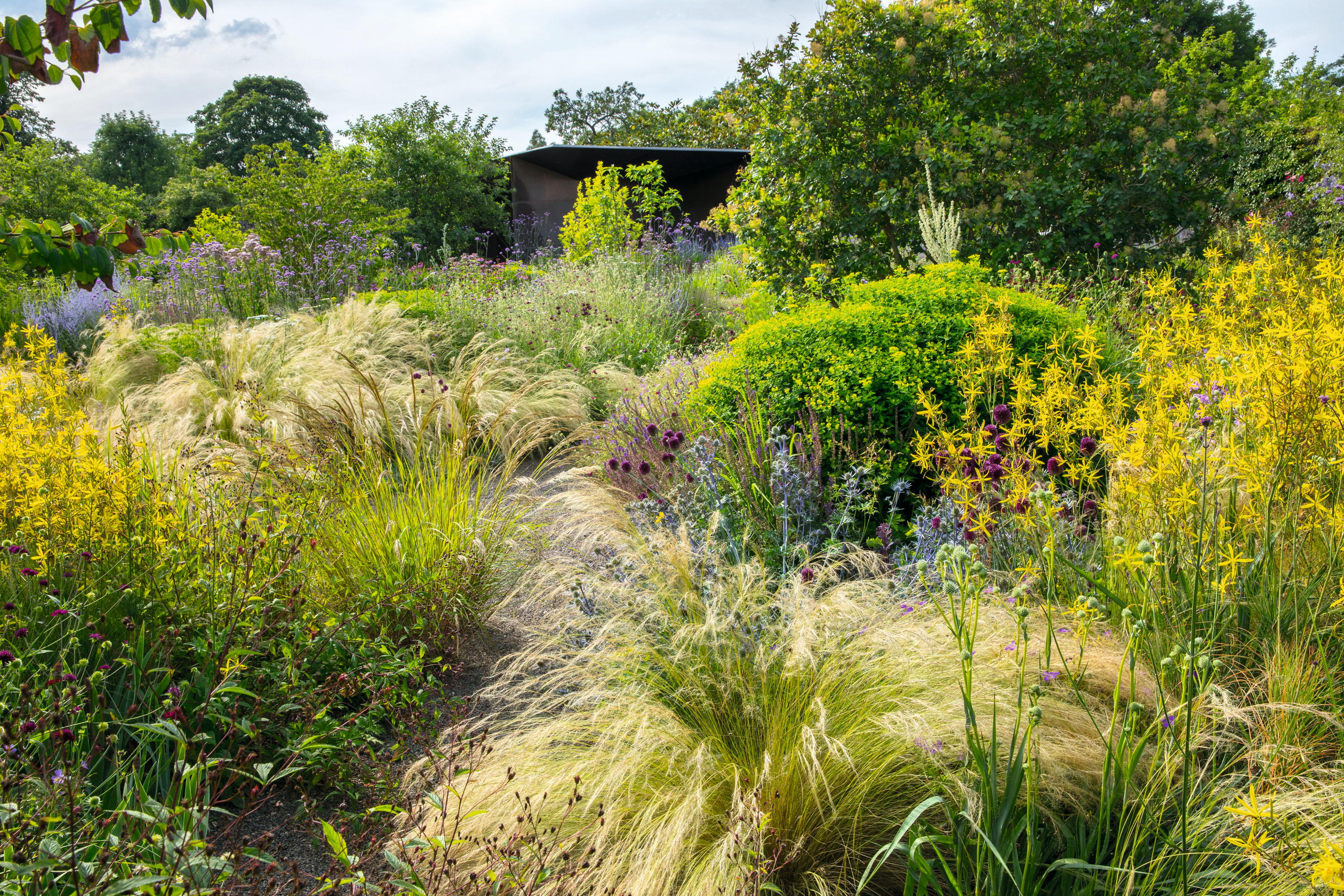 'I blitzed it. Nothing survived. If you have one bit of surviving bindweed, you will have it forever’: A peek in to the ruthless world of the gravel garden
'I blitzed it. Nothing survived. If you have one bit of surviving bindweed, you will have it forever’: A peek in to the ruthless world of the gravel gardenSince they appeared in the 1990s, gravel gardens have grown in popularity, especially in recent years. What are the keys for success? Non Morris asks some of Britain's top experts in the field, from the brutal work needed to get started through to the plants that only work 'if you get rid of soil entirely'.
-
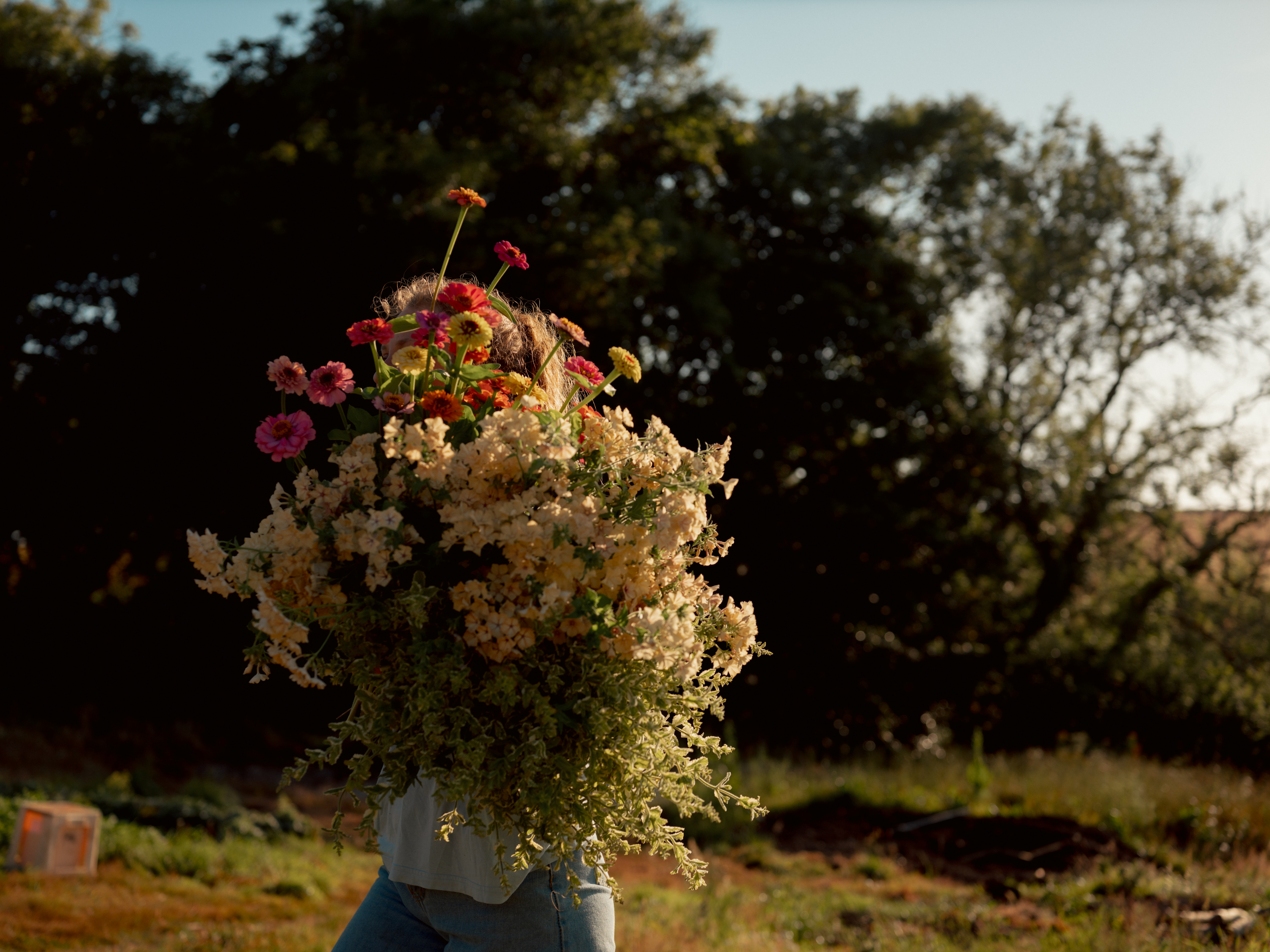 Why a love of gardening will get us all in the end
Why a love of gardening will get us all in the endWhen it comes to gardening, resistance is futile — especially if you're British — so it's best to give into it and get on with it.
-
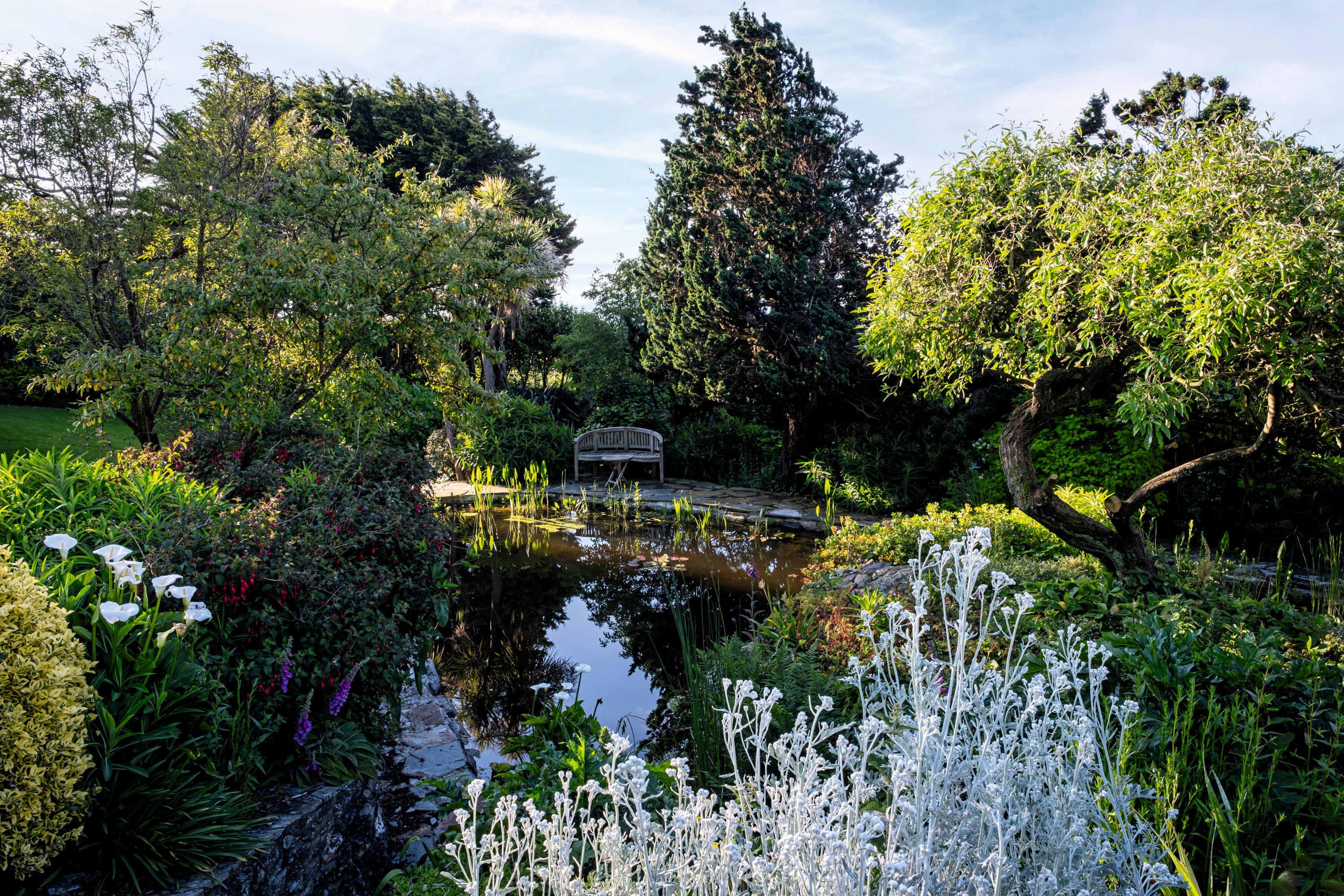 A lush, 'tropical' garden in Devon where bananas and ginger grow happily alongside the staples of an English country garden
A lush, 'tropical' garden in Devon where bananas and ginger grow happily alongside the staples of an English country gardenSteep inclines and rocky outcrops are nothing to the owners of this coastal garden, which is filled with plants-many from the southern hemisphere-that thrive in such conditions, finds Caroline Donald.
